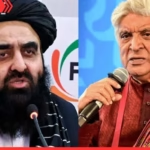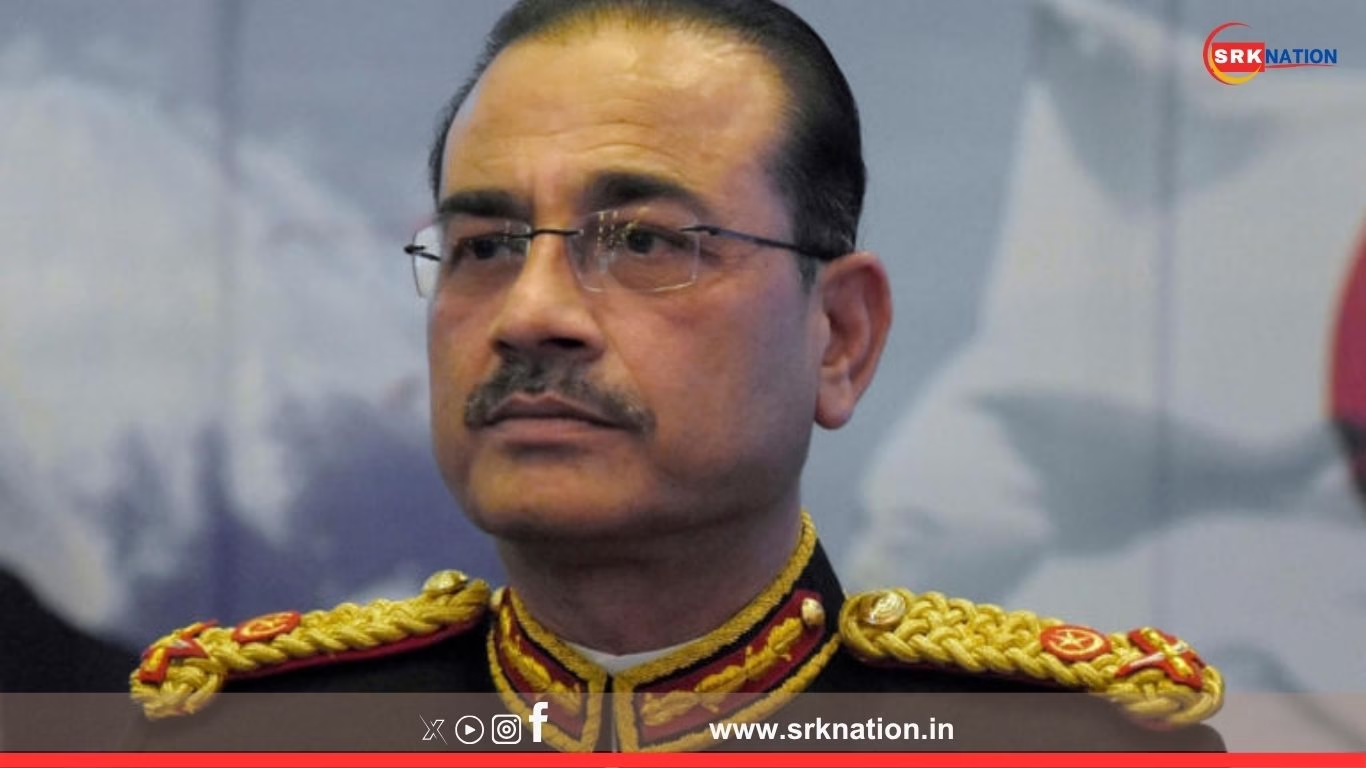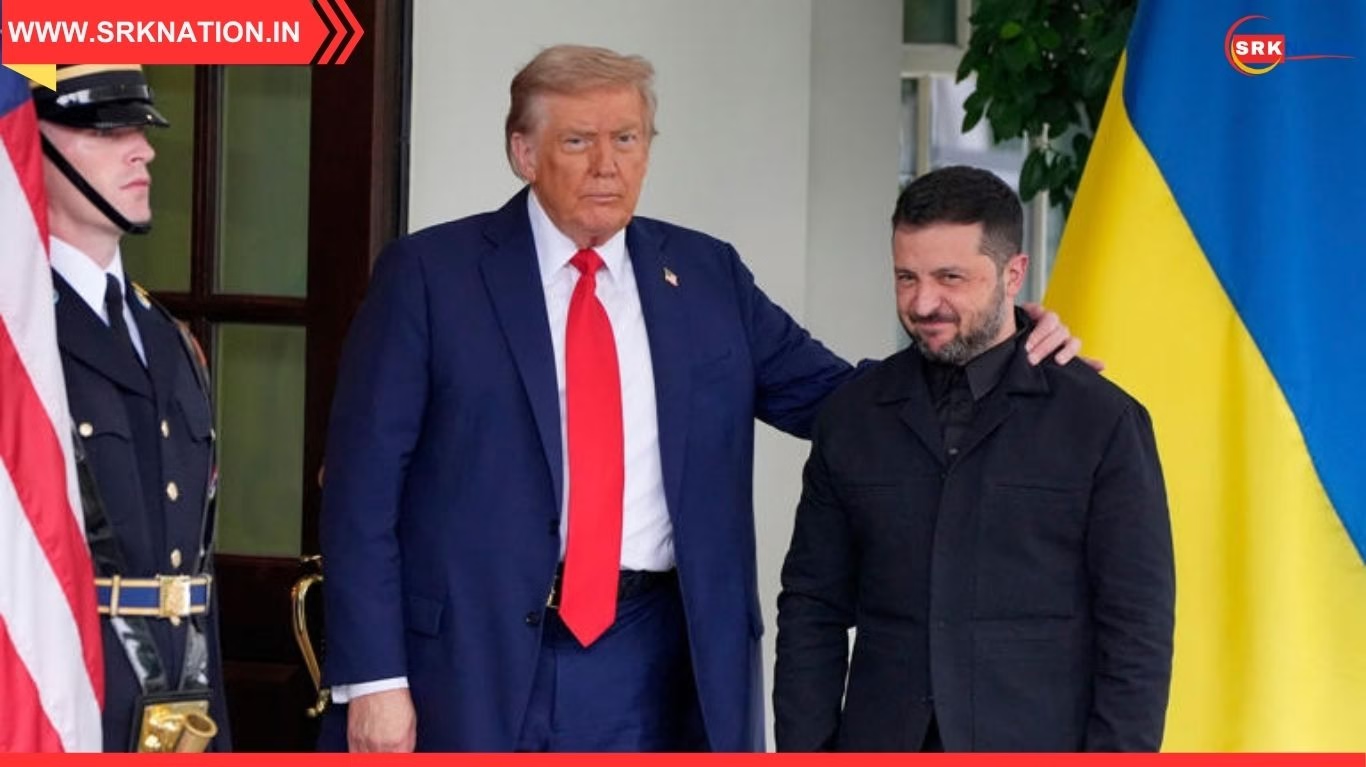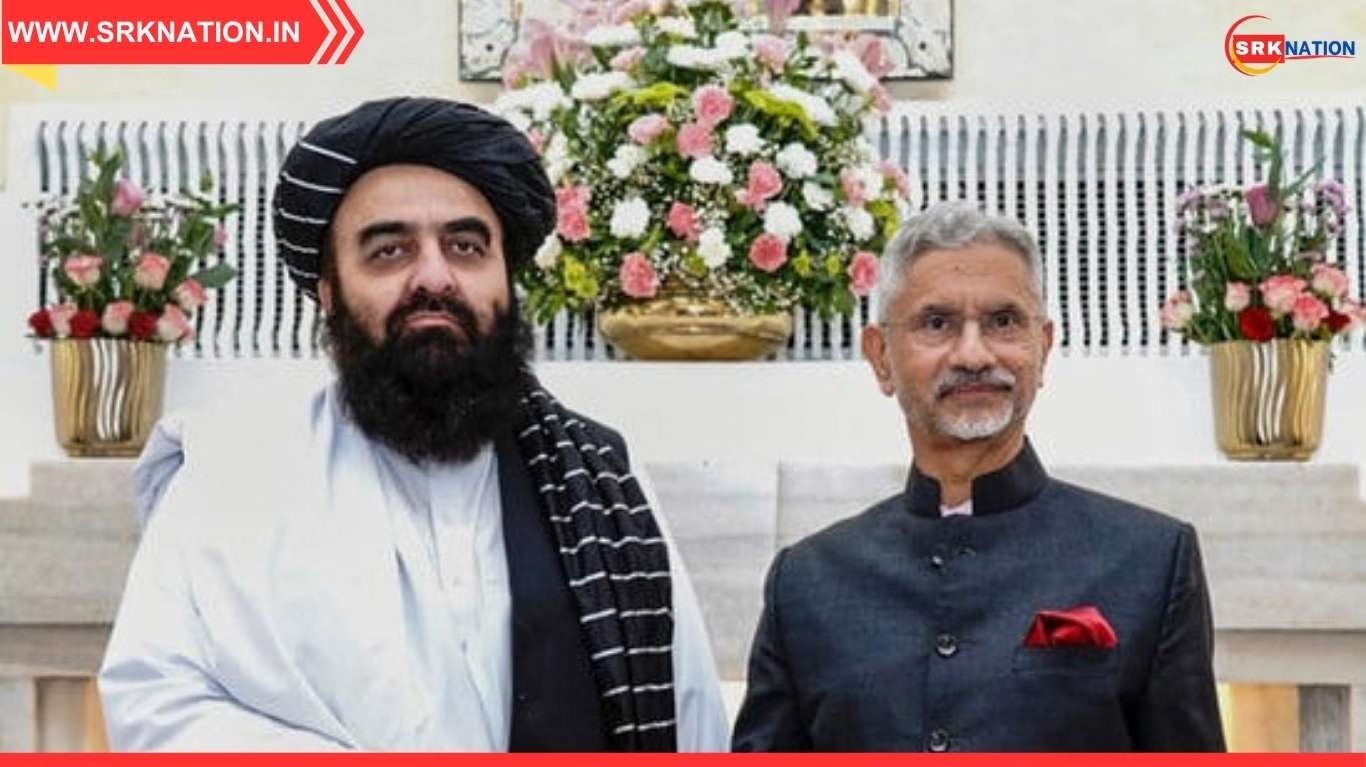In a sharp rebuttal to Pakistan Army Chief General Asim Munir’s recent comments on the Indus Waters Treaty (IWT), former Indian diplomat and strategic affairs expert Rajiv Dogra has asserted that the Indus River waters are essentially “India’s family property” and not a subject of unsolicited advice from across the border. His remarks come amid renewed tensions between India and Pakistan over water-sharing rights under the 1960 agreement, which was brokered by the World Bank.
The Spark: Asim Munir’s Statement
General Asim Munir, during a recent speech, had accused India of violating the spirit of the Indus Waters Treaty, claiming that New Delhi’s water projects on rivers allocated to Pakistan were an “existential threat” to the country’s agriculture and economy. Munir’s comments were widely circulated in Pakistan’s media, where they were portrayed as a call for international pressure on India.
Rajiv Dogra’s Strong Response
Rajiv Dogra, who served as India’s ambassador and has been a vocal commentator on foreign policy, dismissed Munir’s statements as “political posturing devoid of legal merit.” According to Dogra, the Indus Waters Treaty — which allocates the eastern rivers (Ravi, Beas, Sutlej) to India and the western rivers (Indus, Jhelum, Chenab) largely to Pakistan — is already a generous concession by New Delhi.
Dogra emphasised that:
- India is fully compliant with the treaty’s provisions.
- Pakistan has repeatedly politicised water-sharing for domestic and diplomatic gains.
- India’s rights on eastern rivers are absolute, and even limited usage of western rivers for hydropower is within treaty guidelines.
Context: The Indus Waters Treaty
Signed in 1960, the Indus Waters Treaty is often cited as one of the most successful examples of water-sharing between two adversarial nations. The treaty gives:
| River | Allocation | Primary Beneficiary |
|---|---|---|
| Ravi | Eastern River | India |
| Beas | Eastern River | India |
| Sutlej | Eastern River | India |
| Indus | Western River | Pakistan |
| Jhelum | Western River | Pakistan |
| Chenab | Western River | Pakistan |
Despite multiple wars and conflicts, the treaty has endured. However, India has often complained that Pakistan uses dispute mechanisms under the treaty to stall its development projects.
India’s Legal Position
According to Indian water law experts, the treaty allows India to:
- Use the eastern rivers exclusively for agriculture, industry, and hydropower.
- Develop run-of-the-river projects on the western rivers without altering their flow beyond agreed parameters.
Dogra underlined that India has not violated any clause of the treaty and, in fact, has underutilised its share of water. “The generosity shown by India in 1960 has been exploited by Pakistan to perpetuate baseless allegations,” he said.
Political and Strategic Implications
The timing of Munir’s comments is seen by Indian analysts as an attempt to rally domestic support in Pakistan amid political and economic instability. By invoking the Indus Waters Treaty, Pakistan’s military leadership may be seeking to shift focus from internal challenges to external rivalries.
Indian officials believe such statements will not alter New Delhi’s approach but will reinforce the need for:
- Maximising India’s share of water usage under the treaty.
- Accelerating hydropower projects in Jammu & Kashmir and Himachal Pradesh.
- Maintaining strong legal defence at international arbitration forums.
Comparative Analysis of Water Usage
| Category | India’s Share (as per Treaty) | Actual Utilisation by India |
|---|---|---|
| Eastern Rivers (Ravi, Beas, Sutlej) | 100% | ~93% |
| Western Rivers (Indus, Jhelum, Chenab) | Limited, as per treaty | ~35% of permissible usage |
This gap in utilisation has led Indian policymakers to call for infrastructure upgrades to ensure that water meant for India is not simply flowing into Pakistan unused.
The ‘Family Property’ Analogy
Dogra’s remark likening the Indus waters to “India’s family property” has resonated strongly in Indian political circles. He argued that while the treaty represents a diplomatic compromise, the underlying principle is that these rivers originate in India and thus form part of the nation’s natural heritage.
“This is not a charity we are obliged to extend indefinitely, especially when the recipient continues to engage in hostile actions,” Dogra said.
Possible Future Scenarios
Experts suggest three possible trajectories for the Indus Waters Treaty in the near future:
| Scenario | Implication for India-Pakistan Relations |
|---|---|
| Status Quo Maintained | Continued tensions, but treaty remains intact |
| India Maximises Treaty Rights | Increased infrastructure on rivers, political pushback from Pakistan |
| Treaty Revision or Exit | Diplomatic fallout, potential escalation |
India’s Diplomatic Stance
The Ministry of External Affairs has so far refrained from directly responding to Munir’s comments, but sources indicate that India will continue to highlight its compliance with the treaty in international forums. Officials also note that Pakistan’s repeated misuse of the dispute resolution mechanism could weaken its own credibility in future cases.
Expert Opinions on Water Security
Water security analysts argue that with climate change impacting Himalayan glacier melt and monsoon patterns, both India and Pakistan face challenges in managing water resources. However, they stress that cooperative management — rather than inflammatory rhetoric — is the only sustainable path forward.
Dogra, however, maintains that cooperation is possible only when there is mutual respect and cessation of hostile activities.
Conclusion
Rajiv Dogra’s strong rebuttal to General Asim Munir’s remarks has reignited the debate on the Indus Waters Treaty and India’s water rights. His “family property” analogy captures a growing sentiment in India that the country should fully utilise its share under the treaty and resist any external pressure to limit its developmental needs.
With the 2026 political season approaching in both nations and water scarcity becoming an increasing concern, the Indus River may once again become a focal point in the India-Pakistan diplomatic chessboard.
Disclaimer: This article is based on political statements, expert opinions, and publicly available information at the time of publication. It is intended for informational purposes and does not reflect the editorial stance of the publisher.











